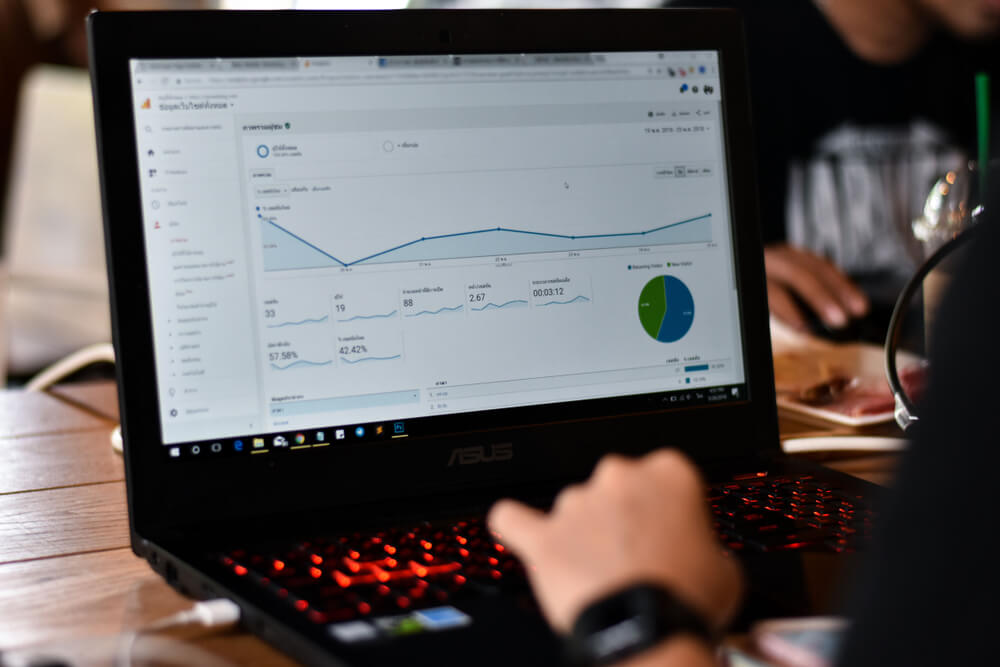
Sunsetting Universal Analytics
This week, Google announced a new phase of web & app analytics with the sunsetting of Universal Analytics in July 2023 forcing users towards their latest Analytics product, Google Analytics 4.
Since GA4 arrived in the summer of 2019, it was only a matter of time before it supplanted the Universal Analytics (UA) we all know and love. Data sent to UA properties will stop being processed on the 1st of July 2023, or 3 months later on the 1st of October 2023 if you’re a UA360 customer.
Why the change?
There’s a few key reasons for the change.
Firstly, Google heavily stresses the importance of future-proofing their platform during the shift towards stronger privacy protections. GA4 does not process IP addresses, and relies less on the use of cookies – with cookies on their way out, it’s clear that UA is not flexible enough to adapt.
GA4 also fundamentally rethinks the way it collects and processes data. Under UA, hits of data must be classified in distinct categories and separate tags must be created for each of these categories. Under GA4, all user interactions are recorded as events, allowing many more events to be recorded by default without needing to create tags to explicitly record a particular action.
Another key benefit is the unification of website and app analytics sessions. In UA, a single customer using your website and your app is counted as two distinct users, but GA4 facilitates a holistic view of the customer journey by matching users’ sessions on your website to their sessions on your app.
Machine learning features have also been made available to make analysis easier, with Analytics Insights highlighting trends and unusual changes that may prompt investigation. Predictive audiences have a powerful potential, highlighting users that the data suggests are close to converting. These can be exported to Google Ads to help advertisers eke out Google Ads performance improvements.
However, as it stands, GA4 is an unfinished product and after more than 2 years since its initial launch, we’re still seeing a stream of updates and additions and we’re expecting more to come. We would like to see improvements made on attribution, audience and page content reporting.
Plan sooner rather than later
There are some obvious practicalities. Nobody wants to be caught out in the last week of June 2023, scrambling to draw up and implement a transition plan on the fly.
Give yourself several months of breathing room before the deadline to familiarise yourself with GA4, quality check and troubleshoot your new property, and monitor for differences in your set up (particularly if you are unifying users over web and app).
This planning period is a golden opportunity to evaluate your web analytics, especially if you haven’t reviewed it for some time. This coming change is also an opportunity for re-evaluation of your web analytics. Does your measurement still reflect your business needs, and could you be getting more insight from your analytics?
Not sure where to start?
Get in touch! Our Data & Analytics team will help you plan and implement your transition, and can help you ensure your analytics is up to scratch for your business goals. We can help you design a framework that ensures your KPIs are being accurately measured, and implement it for you, overseeing a smooth transition and helping to familiarise your team with platform demonstrations.
